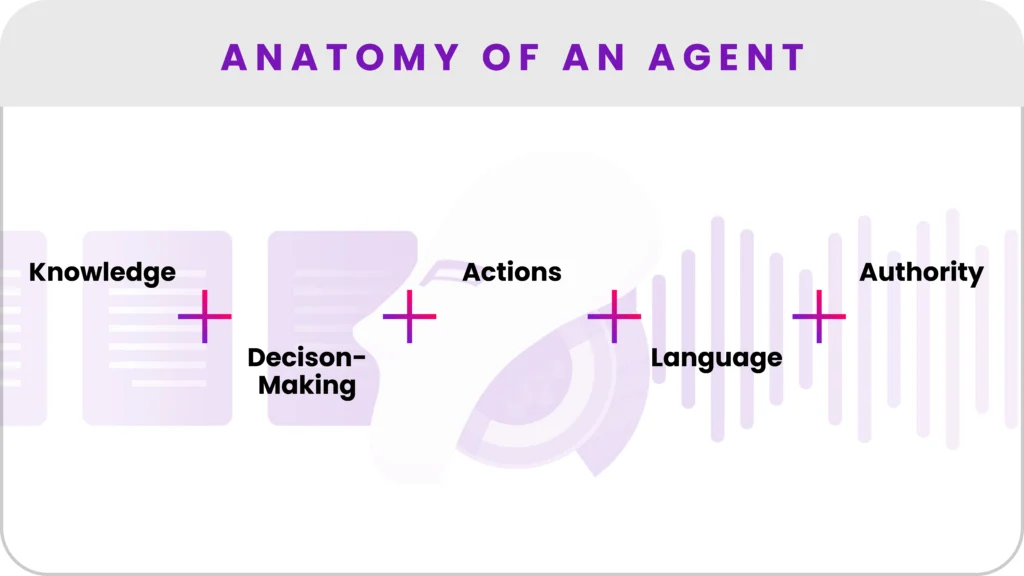SHARE:
[DISPLAY_ULTIMATE_PLUS]
When Justin Garza was admitted to the hospital in 2016, he complained of trouble breathing.
He felt inexplicably tired, had a fever, and when he took a deep breath couldn’t quite fill his lungs with air. In the emergency department, doctors diagnosed him with pneumonia and began treatment.
A week later, Garza wasn’t improving. His aunt turned to the internet and noticed that his symptoms mirrored those of Valley Fever, coccidioidomycosis, which her husband had contracted years earlier.
Doctors dismissed her suggestion initially. While the disease is rare elsewhere in the United States, it is relatively common in Southern California, where Garza had been renovating his house. Dust and soil disturbed in construction often harbor the coccidioides organisms.
At his family’s insistence, doctors ordered lab tests. The tests confirmed Garza had Valley Fever, and the fluid in his lungs was a complication of the disease. He began antifungal treatment immediately and continued to receive care for the coccidioidomycosis-induced pneumonia.
Now, three years after the incident, Garza is grateful that his aunt did a little sleuthing online and that doctors ordered the tests he needed.
People find health information online
Four out of five people are looking for health information online. Most of the time, that’s a good thing.
Internet searches can encourage patients to seek care. For example, if someone searches for “chest pain” and discovers they have several other symptoms of a heart attack, they’re more likely to go to the hospital. Researchers from Penn Medicine Center for Digital Health found that health-related internet searches doubled in the week preceding an emergency room visit.
Online searches can also help patients answer questions that may not have been answered during hurried office visits. It could also spur patients to mention symptoms they may have thought were irrelevant or independently explore sensitive or embarrassing topics.
What they’re searching for
The majority of patients begin their online search using a search engine, such as Google or Yahoo. Only a small handful are turning to specialized health sites, such as Mayo Clinic or Harvard Health Publishing.
A look through the most popular health searches of 2017 and 2018 revealed some interesting trends. People want to know how to cure everyday annoyances such as the hiccups or heartburn. They’re also concerned about lowering cholesterol, monitoring their blood pressure, how long the flu lasts, and why they’re always tired.
Interestingly, health searches do not necessarily correspond to the leading causes of death. Research conducted by Our World in Data found that while heart disease is the leading killer in the United States, responsible for roughly 30 percent of deaths, only 2 percent of people are searching for information on the condition specifically.
“Perhaps the greatest tragedy these data present is that heart disease is not only the number one killer of men and women, but the one we arguably have the most control over,” says Dr. Michael Greger, author of the bestselling book How Not to Die.
What they’re finding online
Not surprisingly, the words people use to search for health information determine the quality of information they find.
For example, search “Why am I so tired?” and — after you make it past the ads for CPAP machines and transcendental meditation — you’ll find links to commercial health sites, such as Healthline and WebMD. There you’ll find more ads for drugs, coffee, and sleep apnea devices and recommendations as bizarre as eat okra, drink bonito broth, and give cordyceps mushrooms a try.
There is some medically sound advice in the mix, thanks WebMD, but for patients with less health literacy, it could be challenging to sift through.
“Patients are often in a vulnerable position, and many are willing to accept information that provides a sense of hope and control,” McGill University researchers wrote in an article in the journal The College of Family Physicians of Canada. “These factors can lead to a false sense of knowledge and security, and potentially noncompliance if the patient adopts beliefs that conflict with appropriate medical practices.”
Conversely, use search terms like “heart disease” and you’ll find information from the CDC, Mayo Clinic, and the American Heart Association in the top positions on the search engine results page. All offer sound medical advice and encourage people to discuss their findings with their healthcare providers.
Unfortunately, most won’t.
Patients search online, but they don’t tell their providers
Nearly 60 percent of people who search for health information online don’t discuss it with their doctors. The most common reason is that patients are skeptical of how their providers will react to knowledge acquired through the internet, researchers Sharon Swee-Lin Tan PhD and Nadee Goonawardene, PhD observed in the Journal of Medical Internet Research. They feel a need to keep doctors in the central role, to not offend them.
“Patients expressed concerns over how physicians may perceive them as being ‘challenging’ and ‘confrontational’ if they discussed their health condition from a more informed point of view during consultations,” they wrote.
This does not lend itself to patient engagement.
“We can’t discount the powerful and unconscious influence of the white coat. We see it, and we take a back seat. We trust, we nod, we feel honored and privileged to be in its presence,” says Sana Goldeberg, RN, in her book How to Be a Patient.
Patients concerns about physicians’ reactions were not unfounded, according to Swee-Lin Tan and Goonawardene’s work. Those who did share their online research with providers found that physicians reacted in a way that implicitly or explicitly discredited patients’ ability to find information online.
This presents barriers to shared decision making — ultimately to patient engagement. If patients can’t tell their doctors what they’re finding online, how can doctors correct misinformation? Or in the case of Garza, potential new avenues for testing and diagnosis may be overlooked.
“As patients have better access to health information through the Internet and expect to be more engaged in health decision making, traditional models of the patient-provider relationship and communication strategies must be revisited to adapt to this changing demographic,” Swee-Lin Tan and Goonawardene concluded.
How health systems can empower patient research
Your patients are already searching for health information online, and they’re going to keep doing it. Here’s how to empower them in the process.
Start the conversation
Begin by recognizing that research is a good thing. When patients know that you support their engagement, they’re more likely to share their findings with you.
“Regardless of what a patient researches or when she does it, the why is because she wants to be an active participant in her medical care,” said obstetrician Jennifer Gunter, MD. “That is a good thing because participatory medicine (shared decision-making) leads to improved outcomes.”
Ask: Have you learned anything about your condition that you would like to chat about?
Guide the direction
Patients also need good content to make informed decisions, Gunter says. “A patient can be fully empowered to participate in her health care only if she has information that is accurate, understandable, and current.”
Recommend: Suggest websites where patients can find the best information written in a way they can understand. MedlinePlus is the National Institutes of Health’s website for patients and their families and friends. It is written at a seventh-grade level and doesn’t contain ads.
Johns Hopkins Medicine offers this patient-friendly Guide for Finding Reliable Health Information Online.
Provide the information
Some health systems, such as the Cleveland Clinic, Kaiser, Mayo Clinic, and Johns Hopkins, among many others, choose to publish their own health information websites for patients. However, creating such a resource is a massive undertaking.
Send: Many health systems use WELL Campaigns to send out patient education through text message. For example, in advance of flu season, a hospital can publish an online resource regarding flu prevention, symptoms, and duration and send a message to at-risk patients, up to 30,000 at a time.
This is a great way to meet patients’ needs before they’re searching online — answering the questions before patients even ask them and empowering patients to be active participants in their health. ♥



